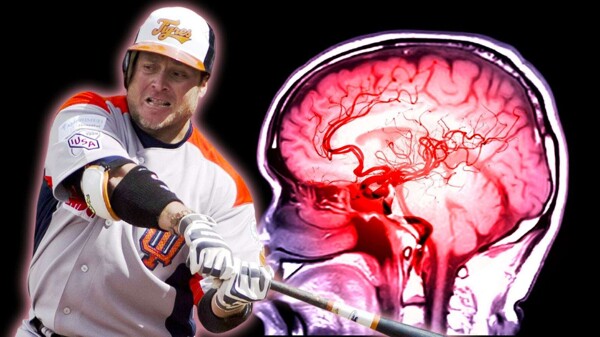Obsessive-Compulsive Disorder (OCD) represents a significant challenge for mental health, affecting the daily lives of those who suffer from it. Obsessions, intrusive thoughts that cause anxiety and stress, are an integral part of this disorder. Compulsions, repetitive acts to relieve that discomfort, must take up at least one hour a day and affect the person's work, academic, or social life to be considered a disorder, as explained by Dr. Alvarez, coordinator and instructor of the Master's in Neuropsychology at CETYS Universidad.
The manifestations of OCD can vary, covering topics such as cleaning, symmetry, or order. This disorder generates a vicious circle between obsessive thoughts and compulsive behaviors, which can lead to rituals such as constantly washing hands, repeatedly checking doors, or avoiding stepping on certain lines. Although these actions provide momentary relief, they perpetuate the cycle of OCD.
From a neuroscientific approach, OCD is linked to dysfunctions in specific areas of the brain that control impulses and intrusive thoughts. According to Dr. Alvarez, when these regions do not function properly, obsessive thoughts invade the mind, making it difficult for the person to ignore them. This condition has a multifactorial basis, combining genetic and environmental factors.
Traumatic events, early stress, or perfectionist personality traits can increase the risk of developing OCD, although this is not a rule. Timely diagnosis is crucial, so it is recommended to see a mental health professional if obsessions interfere with daily life. Symptoms often manifest during adolescence or early adulthood, and the most effective treatment combines pharmacological therapy and cognitive-behavioral therapy to help patients manage their thoughts and responses more effectively.













